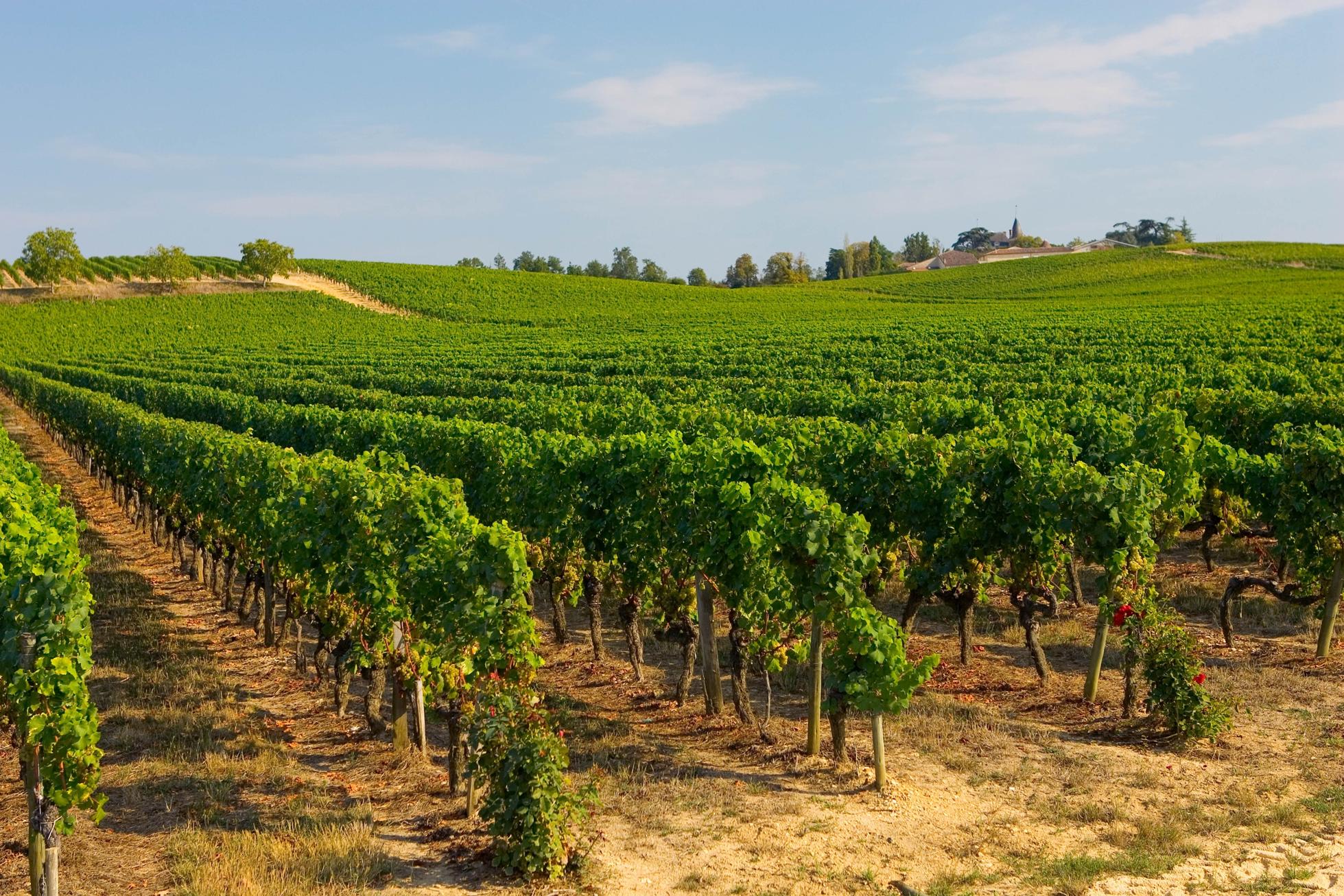I ’m back from the Mediterranean, and I’m here to be your very own climate change canary. Spending time in Malta and Sicily was replenishing, but existing with enough water and shade was a challenge amid the worst heatwave Europe’s ever recorded. Temperatures soared well above 100 degrees many days, and while I could endure the heat, what stuck with me the most was the ramifications—on longtime residents, their businesses and their community infrastructure.
Blackouts were common—partially because so many people were using their air conditioning on full blast that the energy grids were overwhelmed beyond relief. While traveling around the Maltese island of Gozo, restaurants were closed due to the power issues, while stocked home freezers full of fish and meat defrosted with no recourse. Winemakers bemoaned the heat—for the businesses as well as their next vintage, from grapes that will be picked in a few weeks. Around Sicily’s olive capital of Castelvetrano, I visited an ancient grain mill and a pasta factory where managers had been worrying whether they would be able to secure enough energy for the next run. Then wildfires around Palermo and Catania killed at least three and shut down airports.
July was the hottest month ever recorded worldwide. Of course, the heat eventually broke—but I experienced a taste of what’s to come. Sure enough, once the heatwave ended in Europe, another major one broke out in America. Plus-100-degree temperatures are still ripping in the Pacific Northwest and around the Rocky Mountains. More heat is expected to hit the Great Plains in a few days, while drought persists in the Midwest. This makes the already excruciating work of farming and harvesting even more difficult—and dangerous—while hurting crop yields, from apples in Washington to soybeans in Kansas.
— Chloe Sorvino, Staff Writer
Order my book, Raw Deal: Hidden Corruption, Corporate Greed and the Fight for the Future of Meat, out now from Simon & Schuster’s Atria Books.
This is Forbes’ Fresh Take newsletter, which every Friday brings you the latest on the big ideas changing the future of food. Want to get it in your inbox every week? Sign up here.
What’s Fresh
This AI Startup Has Saved Grocers From Tossing Millions Of Pounds Of Food
Food waste costs grocery stores $28 billion every year.
That’s why Albertsons, one of the nation’s largest grocers, began using artificial intelligence software from Afresh Technologies across its stores to help forecast demand and place orders for the type of food that tends to spoil the fastest, like bananas, bell peppers and bagged salads.
Afresh is still a nascent business—Forbes estimates that its revenue last year was under $10 million—but it’s growing fast. And as AI-powered ordering gains wider adoption, the technology could help cut food waste at the store level in half by 2030, according to the Pacific Coast Collaborative, a multi-state governmental initiative to reduce greenhouse gasses.
The Record Heatwaves Effects On Europe’s Wine Industry Are Coming Into Focus
Vineyard, Preignac, Gironde region of France. (Photo by Tim Graham/Getty Images)
Tim Graham/Getty Images
The full scope of issues that this summer’s heatwaves have caused are only just starting to come into focus as harvest season approaches and vineyards yield their grapes.
Mo’ Bettahs Is Bringing Hawaiian Food Out West
Starting in Bountiful, Utah, two brothers have grown Mo’ Bettah’s into a Hawaiian powerhouse.
Courtesy of Mo’ Bettahs
Fifteen year after two brothers from Oahu opened their first restaurant in Utah, Mo’ Bettahs has grown to 44 restaurants in six states—and all are company-owned.
Meet The Black Entrepreneur Behind Iowa-Based BLK & Bold Coffee
BLK & Bold Specialty Beverages is looking to expand.
Courtesy of BLK & Bold
Pernell Cezar says the self-funded BLK & Bold Specialty Beverages are in discussions with investors and looking to expand.
From Resilience To Legacy—Chef Alisa Reynolds’ Search For Soul Food
In the new culinary series “Searching for Soul Food,” celebrity chef Alisa Reynolds explores what soul food looks like in and out of the diaspora.
Hulu
Meet the chef who is searching for soul food around the world and to gain a deeper understanding of food born out of resilience.
Field Notes
Delicious red shrimp, known in Sicily as gamberi rossi.
Chloe Sorvino
I’ve eaten more prawn heads than I could possibly count. I was lucky enough to travel during Sicily’s peak season for the delicious red shrimp, known there as gamberi rossi, that are mostly fished out of the western port town of Mazara. I ordered them pretty much whenever I could—marinated and raw, in pasta, with stracciatella or burrata, fried in a fritto misto, grilled. These raw beauties come from Da Vittorio, a beachside trattoria in Menfi on Sicily’s southern coast, which was recommended to me by author Katie Parla, who recently published a cookbook on the Food of the Italian Islands.
Thanks for reading the 81st edition of Forbes Fresh Take! Let me know what you think. Subscribe to Forbes Fresh Take here.





